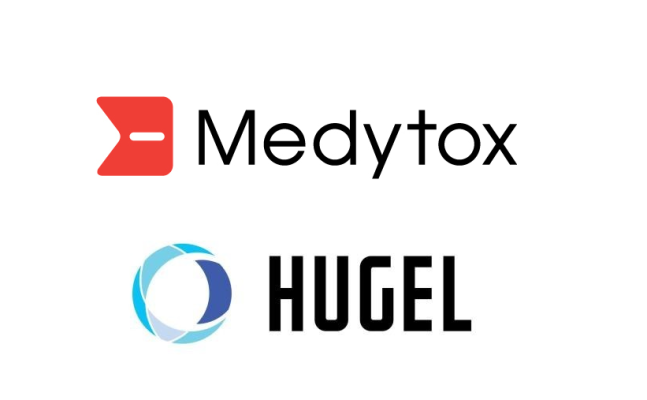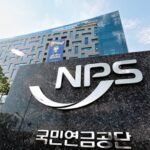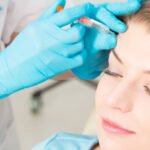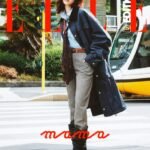
South Korea’s botulinum toxin exports are soaring to unprecedented levels, hitting record highs for the second consecutive month in October as “K-botox” products take global cosmetic markets by storm.
According to alternative data provider KED Aicel, exports of Korean-made botulinum toxin reached $41.66 million last month, up 26.4% from a year earlier.
The growth rate surpasses the 25.4% gain posted by Korea’s booming semiconductor exports during the same period.
Demand has spiked in emerging economies, where consumers are drawn to the products’ “natural-looking results and affordable prices,” according to industry officials.

China is the largest overseas market, accounting for $23.5 million of third-quarter exports, followed by the US with $18.8 million, Brazil with $17.3 million and Vietnam with $10.8 million.
Leading producers Hugel Inc. and Daewoong Pharmaceutical Co. are spearheading the expansion.
Hugel’s overseas revenue, spanning toxins and fillers, climbed 20.9% year-on-year to 118.3 billion won ($82.6 million) in the first half of 2025, while Daewoong’s exports jumped 30.2% to 98.3 billion won.
“Compared with American or European products, Korean injectables are cost-effective and deliver more natural facial expressions,” reads a promotional line from a Singaporean aesthetic clinic, reflecting the growing global reputation of the so-called “K-toxin.”

EXPORTS EXCEED $100 MILLION PER QUARTER
According to KED Aicel, in the July-September period, Korea’s botulinum toxin exports hit an all-time high of $114.6 million, up 24.2% from a year earlier – the first quarterly exports that have topped $100 million for two straight quarters.
Growth has been strongest in Vietnam, where Korean botox imports surged 279.6% to $10.8 million in the third quarter, buoyed by a rising middle class and booming demand for cosmetic procedures.
KOTRA’s Hanoi office noted that Korean toxins and fillers “enjoy a strong reputation for safety, efficacy and value.”
Shipments to Brazil nearly doubled to $17.3 million, aided by Daewoong’s 180 billion won Nabota-branded product supply contract signed earlier this year with a local distributor.

Thailand, where Hugel’s Letybo brand dominates more than half the market, recorded a 68.1% jump to $6.6 million.
The firms are also intensifying their push into the world’s two biggest beauty markets, the US and China.
The US botulinum toxin market reached $4.74 billion in 2023, according to market tracker Fortune Business Insights.
Daewoong entered the US market in 2019, while Hugel secured FDA approval last year and recently appointed Carrie Strom, former global president of Allergan, now part of AbbVie, as its new global CEO.
China, meanwhile, has become one of the fastest-growing aesthetic markets, with injectable ingredient sales expanding 30% annually since 2021 to 34.6 billion yuan ($4.9 billion) last year.

Hugel is the only Korean company to have successfully entered China’s regulated market, where its exports climbed 24.3% year-on-year to $23.5 million in the third quarter.
MARGIN PRESSURE MOUNTS
Analysts said Korean botulinum toxin makers are now entering a more competitive phase of globalization – one that will test whether the “K-toxin” boom can translate from volume growth into sustainable global leadership.
Despite the strong export momentum, profitability among Korean toxin makers is diverging, as intensified price competition erodes margins across key markets.

According to Kiwoom Securities Co., Hugel’s third-quarter operating profit is projected at 55.3 billion, up just 3.6% from the year-earlier period.
“Price cuts in parts of Southeast Asia and Latin America have tempered Huge’s growth,” said Kiwoom analyst Shin Min-soo. He trimmed his target price for Hugel to 450,000 won from 500,000 won earlier, though still 72% above the stock’s recent price of 262,000 won.
Daewoong Pharmaceutical is expected to post healthier results, with third-quarter operating profit seen rising nearly 30% to around 45 billion won, buoyed by continued double-digit export growth of its Nabota products.
SK Securities Co. analyst Lee Sun-kyung set a target price of 210,000 won, a 51% premium to the current 139,400 won for Daewoong.

Medytox Inc., however, is struggling.
Its second-quarter operating profit slumped 55.9% to 6.3 billion won, even as exports grew 15.7% from a year ago, as aggressive price cuts took a toll.
Once a market darling whose shares traded above 600,000 won in 2019, Medytox closed at 120,200 won on Oct. 31, just one-fifth of its peak.















